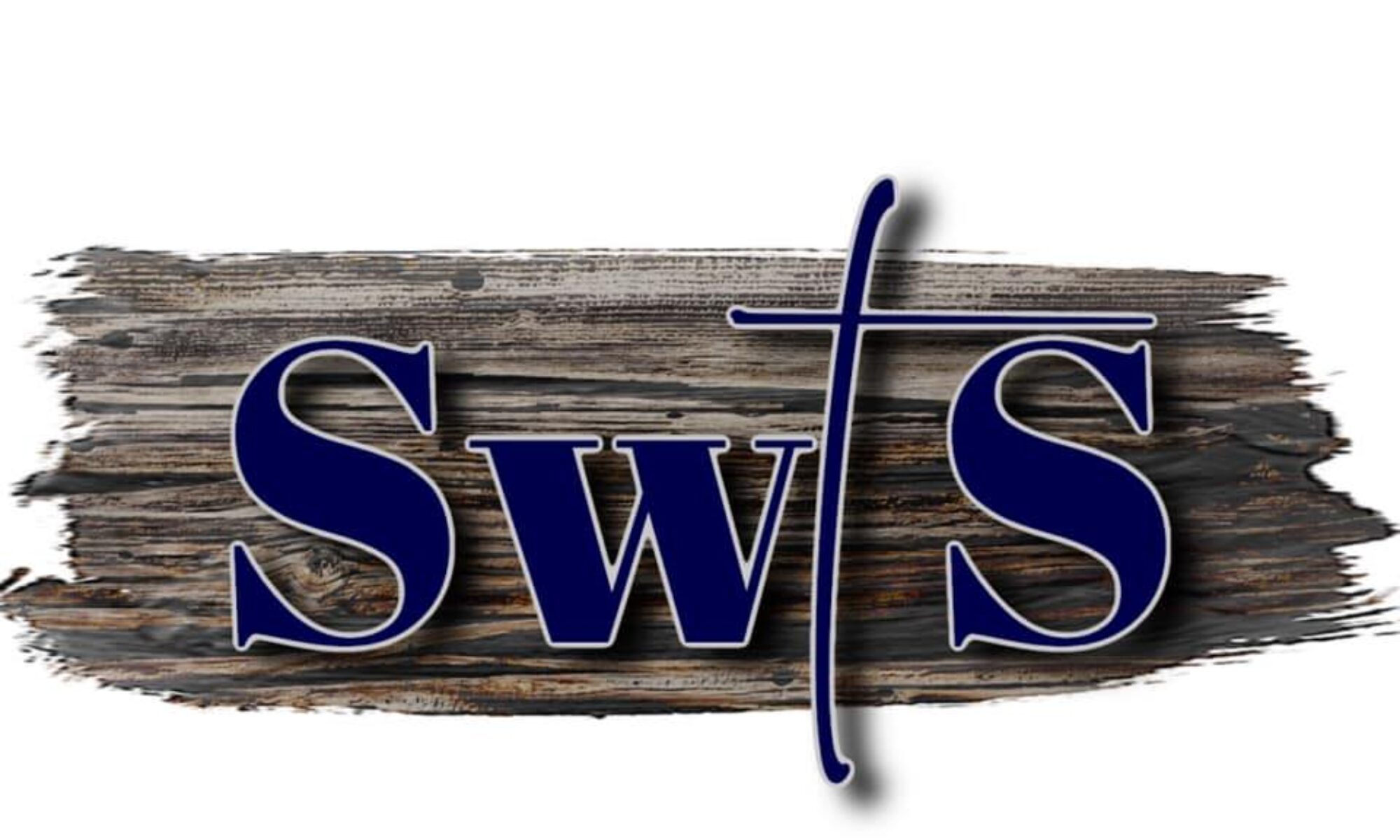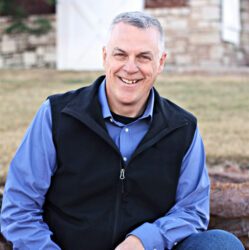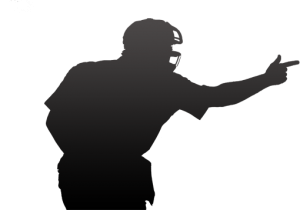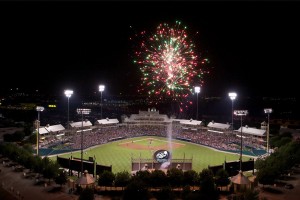Looking Into the Dawn
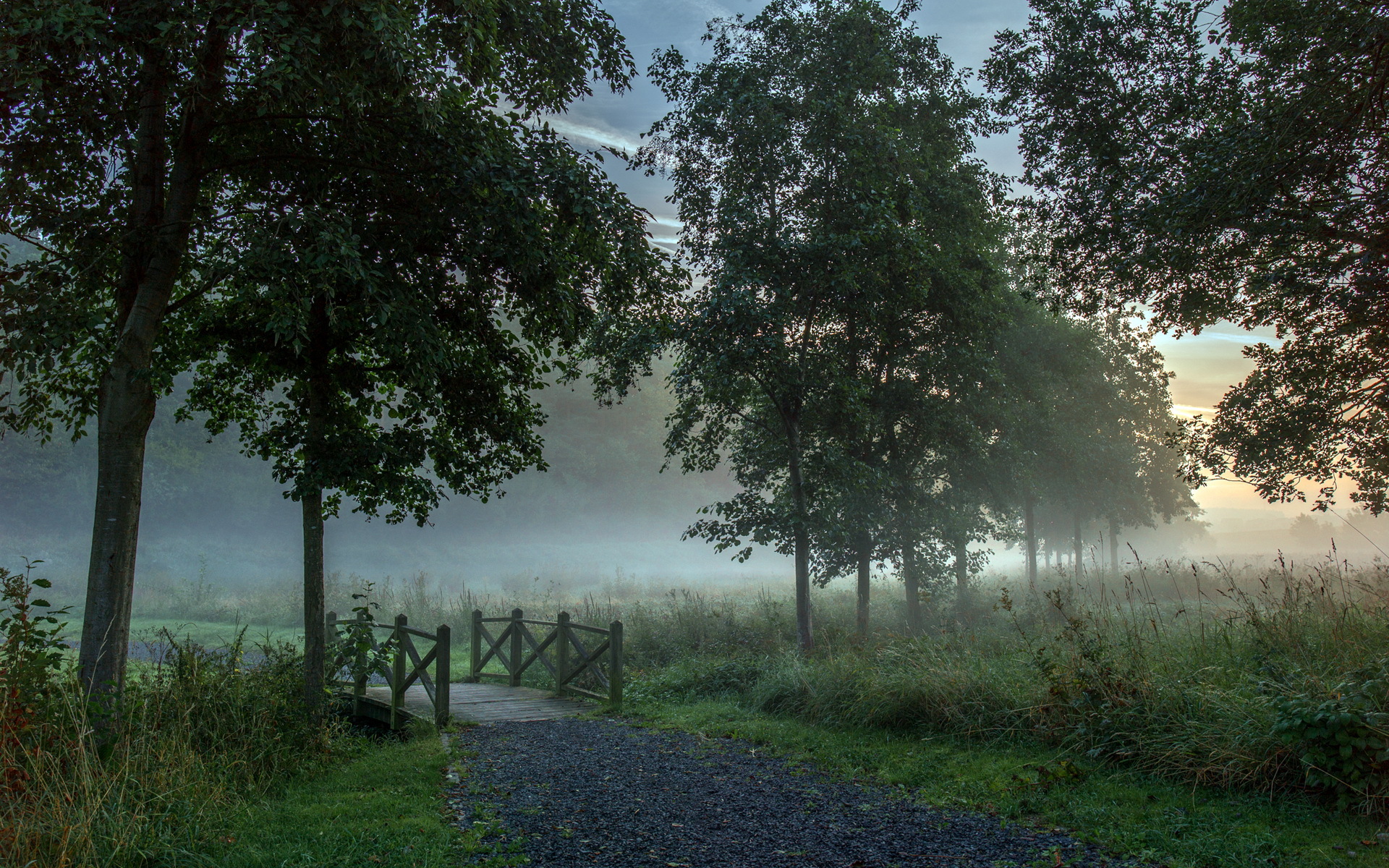 There are some who are ‘early birds’ while others are ‘night owls.’ You’ve heard that the ‘early bird’ gets the worm, and the ‘night owl’ keeps vigil through the evening hours. We all have our preferences when it comes to the morning watch or the late night. Some are early to bed, early to rise while others burn the midnight oil; we know the difference.
There are some who are ‘early birds’ while others are ‘night owls.’ You’ve heard that the ‘early bird’ gets the worm, and the ‘night owl’ keeps vigil through the evening hours. We all have our preferences when it comes to the morning watch or the late night. Some are early to bed, early to rise while others burn the midnight oil; we know the difference.
To be honest we could examine the benefits one’s sleeping habits might have, but for the sake of this article, let’s consider what we might SEE during the early morning hours. The sun is breaking over the horizon and the sky changes from deep shades of midnight blue to soft tones of lavender. A beautiful sight to behold!
Depending on your location you might see a mist hovering over the valley, or feel the coolness in a mid-summer’s morning. The reflection of the rising sun on the lake or the serenity of your sleeping spouse is sure to open the eyes of even the weariest dreamer. But there was one early morning when a lawyer and amateur poet strained his eyes to see what he feared he had lost. He was looking for something he had seen several hours early in the fading twilight. Perhaps he didn’t even sleep as he was anticipating the sight. But as the story goes, this 35 year old man waited patiently aboard a British Navy vessel waiting to see the dawn’s light illuminate an American symbol, the US flag that flew over Ft. Henry.
In 1814, during the War of 1812, Francis Scott Key was an attorney working toward a prisoner exchange with the British Navy. During his visit aboard the British flagship TONNANT, he was met with resistance and was not immediately released. The reason; he had seen and heard too much of an upcoming attack on the town of Baltimore and her strong-hold, Fort Henry. (An interesting bit of information; the commanding officer at Ft. Henry, Major George Armistead, requested a large flag to fly over the fort. One so large, he said, “the British would have no trouble seeing it from a distance.” The seamstress recruited for this 30 x 42 foot standard was Mary Young Pickersgill and her 13 year old daughter. The two women cut fifteen stars that measured two feet from point to point. In addition, eight red and seven white stripes, two feet wide, were cut and sewn together to form the US flag for Ft. Henry. This highly visible banner proved to be very motivational to many Americans.)
The attack on Ft. Henry and Baltimore lasted 25 hours while more than 1,500 bombshells were sent to their target. The British fired the new ‘Congreve rockets’ that traced wobbly arcs of red flame across the night sky as the assault continued long into the evening hours. With both a land and sea attack, eventually the British cannons ceased their firing. Then around 1:00 in the morning, the British ships came to life again. This time, they lit up the night sky with a monstrous display of fireworks. While the cannon’s were roaring and rockets were flashing, Francis Scott Key and the other Americans drew hope knowing Ft. Henry had not yet surrendered. Then long before day break, in the predawn of the early morning, a sudden and mysterious silence filled the air.
Francis Scott Key waited in the darkness as his eyes strained to see the horizon and the wave of the enormous Ft. Henry flag. The British had determined that Baltimore and Ft. Henry were too costly of a prize. The retreat of the British navy had been ordered. Francis Scott Key penned what he saw and at the same time asked a question to all Americans throughout the ages. Other verses were written, but there is some discrepancy as to which ones came from the pen of Francis Scott Key.
O say can you see by the dawn’s early light,
What so proudly we hailed at the twilight’s last gleaming,
Whose broad stripes and bright stars through the perilous fight,
O’er the ramparts we watched, were so gallantly streaming?
And the rockets’ red glare, the bombs bursting in air,
Gave proof through the night that our flag was still there;
O say does that star-spangled banner yet wave,
O’er the land of the free and the home of the brave?
Whether you’re an ‘early bird’ or not, the next time you wake up before the rising of the sun, look into the dawn and 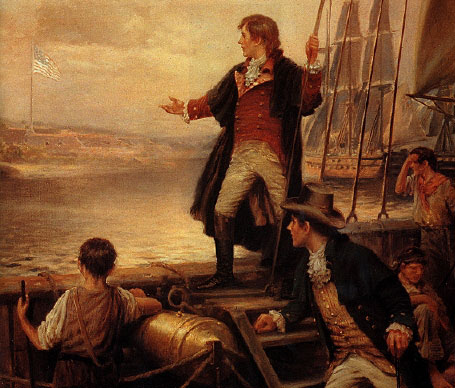 consider the freedom you have. Wipe the sleep from your eyes and remember the battle of Ft. Henry in 1814. We are a blessed nation. One with freedoms we don’t necessarily understand nor fully appreciate. Our nation is the land of the free, but it’s up to you and me if we are to continue to be the home of the brave. Open your eyes and look into the dawn’s early light. Search with pride and see the broad stripes and bright stars. Francis Scott Key would be proud to know, they’re still there!
consider the freedom you have. Wipe the sleep from your eyes and remember the battle of Ft. Henry in 1814. We are a blessed nation. One with freedoms we don’t necessarily understand nor fully appreciate. Our nation is the land of the free, but it’s up to you and me if we are to continue to be the home of the brave. Open your eyes and look into the dawn’s early light. Search with pride and see the broad stripes and bright stars. Francis Scott Key would be proud to know, they’re still there!
